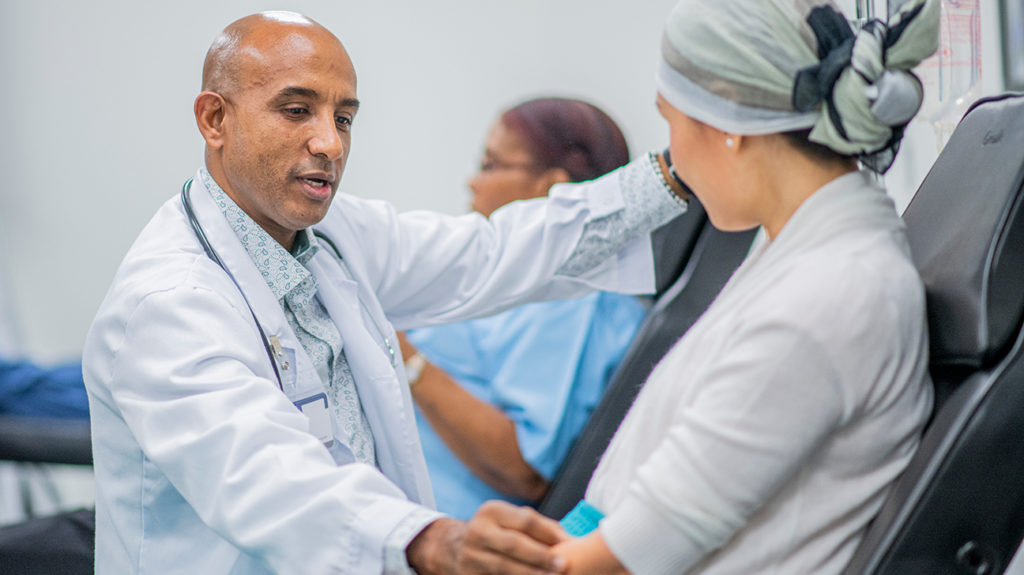
Newly Discovered Glands May Help Oncologists Across The World
Newly Discovered Glands May Help Oncologists Across The World https://kupplin.com/wp-content/uploads/2020/10/iStock-1181263174edit-1024x575-1.jpg 1024 575 kupplinadmin kupplinadmin https://secure.gravatar.com/avatar/6eec4427dd031e16c8da4c63019a7497?s=96&d=mm&r=g- kupplinadmin
- no comments
Three hundred years after we assumed we know everything about the human body, Dutch scientists have discovered a new organ. This newly discovered organ is located in the back of the mouth where the nasal cavity meets the throat. These unknown entities were actually discovered by accident in the Netherlands.
Doctors were examining prostate cancer patients with a PSMA PET/CT, which is an advanced type of scanner. This diagnostic tool is used to look for tumors in the body, with the help of radioactive glucose that is injected into the patient.
When the glucose is examined in the scan it tends to highlight tumors or other sorts of crevices that may be in the body but this time, it ended up showing something entirely different, that baffled the doctors in more than one way. The scan showed a pair of large salivary glands present in the rear of the nasopharynx primarily near the vocal tube, which had never been seen or discovered before.
Salivary glands are responsible for the smooth function of our digestive system and before this discovery, it was largely believed that three sets of large salivary glands, namely the parotid, submandibular, and sublingual glands, primarily perform this important function. These are found near the ears, below the jaw and a third under the tongue. Furthermore, scientists and doctors alike were very well aware that up to 1000 microscopic mucous glands are evenly spread out throughout the lining of various organs.
Then there are also the thousand minor salivary glands that are situated throughout the digestive cavity but cannot be seen without a microscope.
The discovery of these rather large glands, clearly shows how one the glands were overlooked or entirely missed, two how there are actually four sets of salivary glands in the body instead of the presumed three, and also how there are many discoveries that science still has not made, despite all kinds of technological advances and scanning techniques.
So far the newly discovered organ seems to show the exact same characteristics as already discovered salivary glands and is being referred to as tubarial glands, due to the area they are anatomically found inside the body.
All 100 patients examined during the study showed these new glands once the doctors knew where to look and additionally, the physical examinations of the two cadavers (male and female) also showed the presence of the newly discovered organ in the back of the throat and confirmed that the glands have a mysterious bilateral structure. There are also visible draining duct openings towards the nasopharyngeal wall.
For now, it has been hypothesized that the organ probably serves a physiological role in nasopharynx or oropharynx lubrication and solving, or in laymen terms, it aids in adding moisture to the food we chew and then swallow, making the process smooth.
One may be forced to ask, how the discovery of this gland was missed for so long. There are several reasons for that. The first and foremost reason for this is the anatomical location of the glands, as they are present under the base skull, which makes it difficult to examine/discover them through an endoscopy. Scientists are also thinking that in the past even if the gland’s possible duct openings may have been noticed, they were never considered as being part of a larger gland system.
Then of course there is the advent of technology. As examining and imaging techniques improve, the ability to look inside the body is enhanced. It is very possible that techniques such as ultrasound or CT scans were not thorough enough to detect the glands. It is only the newer PSMA-PET/CT imaging techniques that made not only the detection of these glands possible but also helped identify them as salivary glands.
It is true that the discovery is still in the hypothesis stage and additional research is required to present it as scientific fact, but for now what the scientists can see is another target that they will have to avoid during radiation therapies for cancer, as they damage salivary glands. These glands and the subsequent damage to them post-radiation therapy may also be one of the reasons why patients suffer from a chronic dry mouth, especially when getting treatments for the face and neck.
Initial data from 723 patients that have undergone radiation seems to support the initial conclusion that radiation to these newly detected glands may cause greater complications for a patient in the long term. This not only adds to the growing evidence that these are salivary glands but also seems like their discovery will greatly benefit the future of oncology.
There are also some who are skeptical about the new discovery and are wondering if this discovery is merely just a new more advanced way of seeing organs that were perhaps discovered earlier but were not seen in detail due to the lack of technology and that these may just be minor glands. As the discovery of these glands is nascent, we will just have to wait and see whether these salivary glands are new organs or actually just a more detailed way to see minor glands that we already knew existed.
– Nida Khan
- Posted In:
- Uncategorized

Leave a Reply